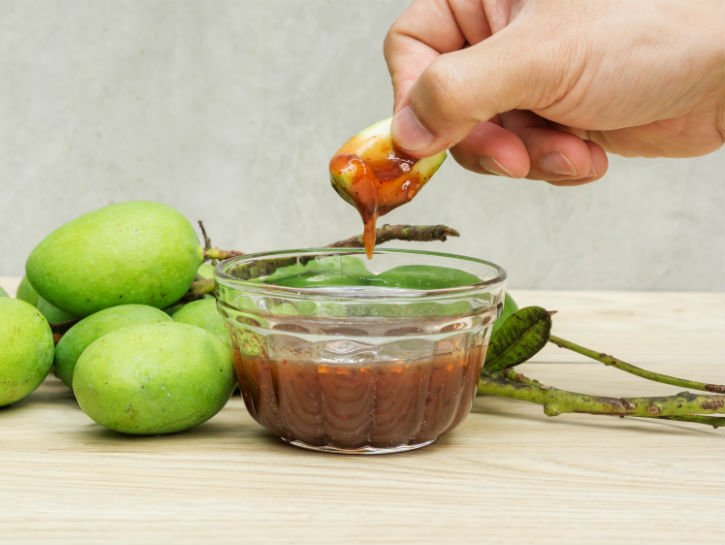Fish sauce is an ingredient in many dishes and a wonderful way to enhance flavors. Read on to learn everything you need to know about what fish sauce is and how to use this intriguing ingredient effectively.
What Is Fish Sauce?

Fish sauce has been prepared the same way since the height of the Roman Empire. It’s made from anchovies that are salted and placed in a barrel with water to ferment, which creates an amber-colored liquid. It is a popular condiment in Thailand, Vietnam, China and other countries throughout Southeast Asia, where it is a staple ingredient in many dishes. The process of creating fish sauce is an extensive one, taking between six and 18 months for the fish to ferment properly and produce the strong, flavorful liquid. Sometimes, fish sauce is flavored with herbs, spices and other seasonings to diversify its flavor. The sauce is savory, salty and adds a strong, tasty flavor to hundreds of Asian dishes.
What Makes It So Delicious?

The intense flavor of fish sauce means that a just few drops can go a long way in any dish. The intensity of fish sauce flavor depends on how long it’s been fermented for — if you’re looking for something more potently fishy, find a sauce that has been fermented for only a short period of time. Fish sauce that has fermented for a long time has a more umami flavor to it. Fish sauce serves a great marinade for meats and is a great addition to glazes.
What Is It Used In?

This sauce is an essential ingredient in Vietnamese, Thai and other Asian dishes. One Vietnamese dish that can feature fish sauce is pho, a soup that contains noodles, meat and veggies. Nuoc cham — a dipping sauce served frequently with meals in Vietnam — also calls for fish sauce to add saltiness to the sweet and sour flavor. In Thailand, the sauce is used as an ingredient in many dishes and is also used as a condiment to pour on top of finished dishes. If you feel like experimenting with fish sauce, here are a few recipes that are worth trying:
Fish Sauce Vinaigrette
Fish sauce is the main ingredient in this salad dressing that combines vinegar, fish sauce, honey and olive oil to create a vinaigrette with a great blend of flavors.
Veggie Stir-Fry With Fish Sauce
This recipe combines kale, mushrooms, baby corn and carrots with a sauce made from fish, rice wine and garlic for a healthy meal coated full of savory flavor. And at only 50 calories, this meal won’t add to your waistline.
Thai Chicken Roast With Fish Sauce
Nothing beats roasted drumsticks in a delicious sauce. This recipe takes the savory flavor of fish sauce and gives it a chili powder kick. The chicken and red onions cooked in this spicy sauce make for a wonderful taste of Thai cuisine.
